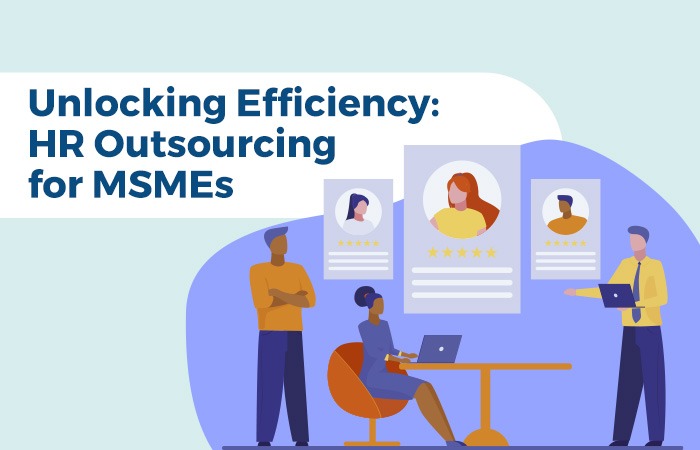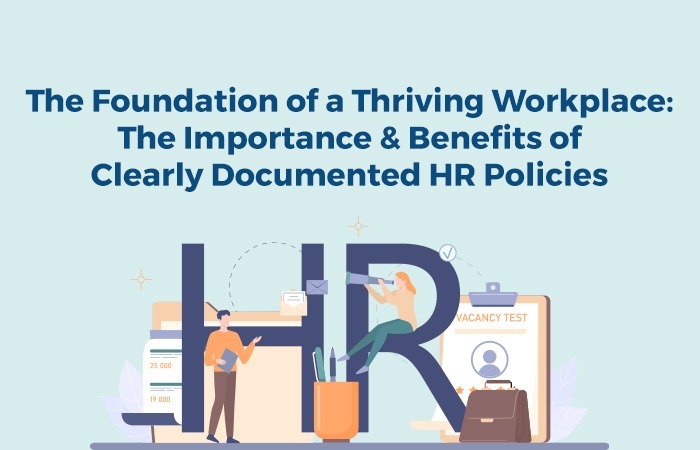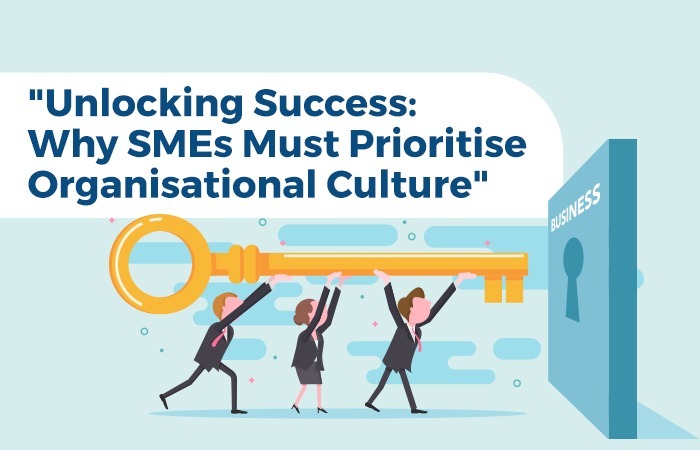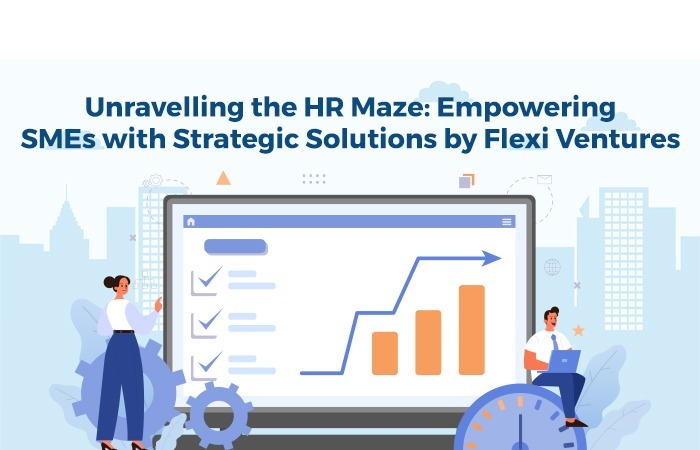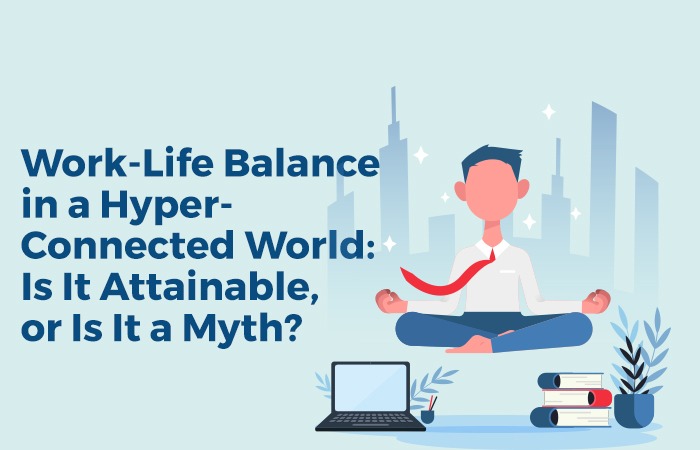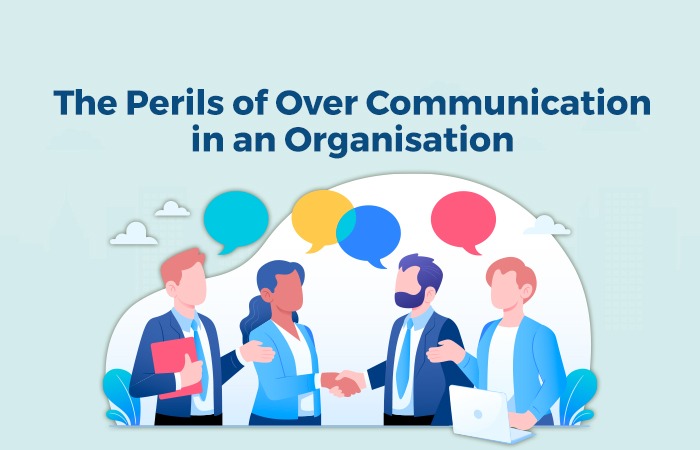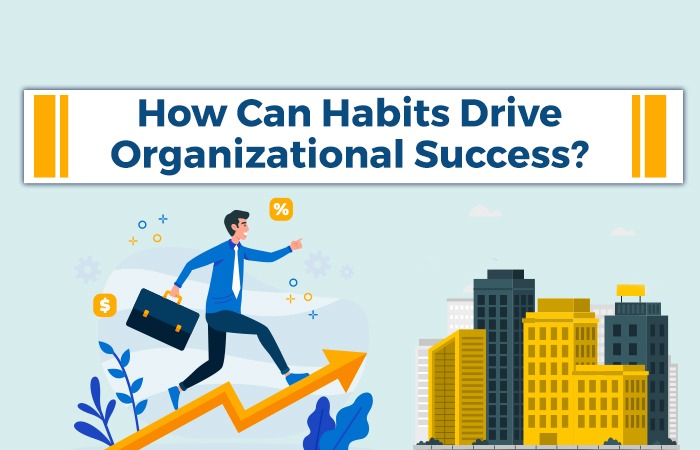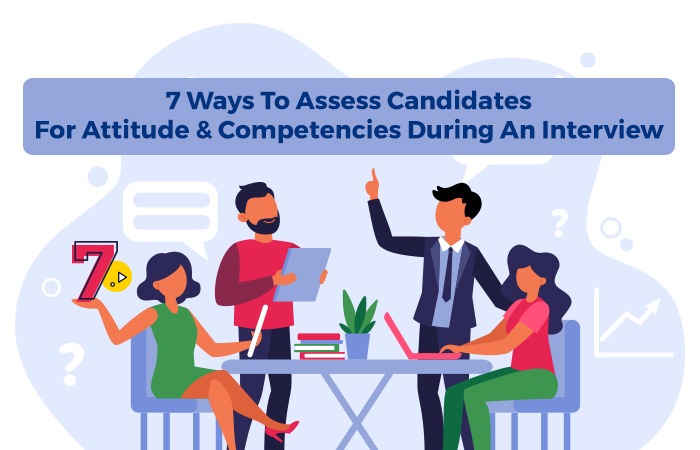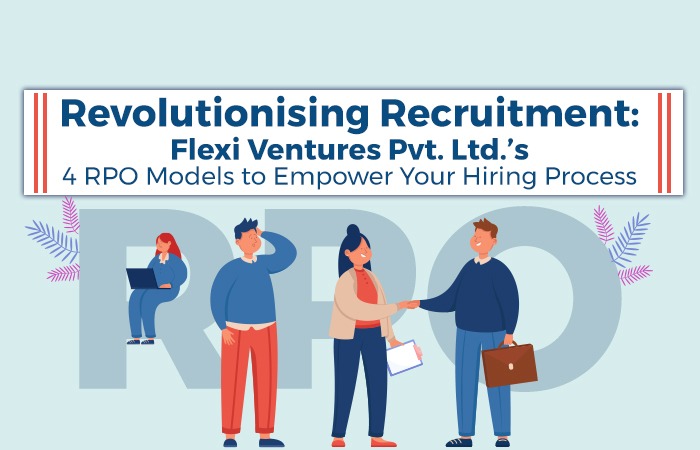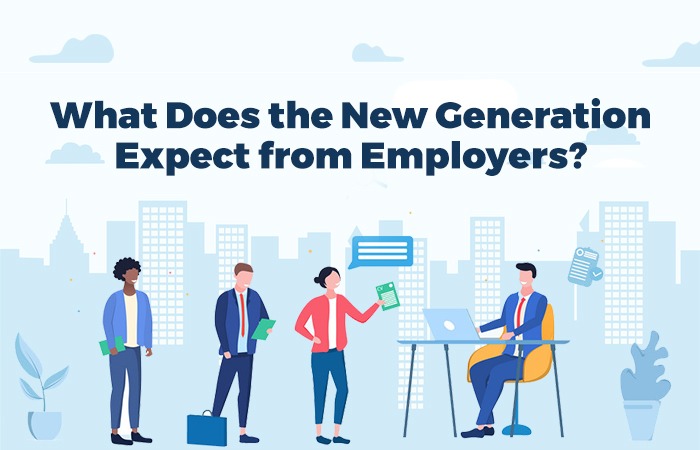There is a major rush to capitalise on the digitalisation boom post pandemic and companies are working hard to get their workforce ready to manage the growing need for digital transformation.
Some of the emerging skills that are in great demand are cloud computing, cybersecurity, digital transformation, Mobility, AI/ML, Edge, data science, etc.
Biggest hurdle that companies are facing today is not just hiring skilled talent, but also retaining them because of the huge supply and demand gap for these professionals. Apart from the competition, the IT industry is also losing skilled employees to startup unicorns.
Reskilling and upskilling is hence an important strategy for overcoming the talent shortage.
“You have to value skills and not just degrees. You have to have new education models and new pathways to get people retrained and back into the workforce.” – Ginni Rometty, Chairman, President and CEO of IBM Corporation
Here is what you can do to make reskilling and upskilling an integral part of your company culture.
- Start with Skills Gap Analysis
A skills gap analysis is an assessment of your workforce’s current skills to determine whether they meet the company’s needs. This exercise can help provide you with a list of skills that your employees have, what are the areas of improvement, and what skills need to be developed.
You can then create your Training strategy & calendar using online courses and internal training programmes to prepare your team of skilled workers that are ready for the future.
Before you start your analysis, it is important to communicate the purpose of the exercise in order to eliminate any biased responses. The objective of the exercise is to evaluate the skills, without comparing and judging.
- Encourage Learning
Just performing a skills gap analysis is not enough. Employees need to be motivated enough to take up upskilling/ reskilling.
This is where the culture of constant learning and growth is important. Rather than focusing only on target achievement as a performance metric, emphasis also needs to be laid on growth and learning.
Create a culture of continuous learning by encouraging curiosity and constructive feedback. Reward continuous learning and upskilling.
Lead by example. Identify top talent and train them not just on technical skills but also prepare them for managerial and CXO positions.
- Create Platform for Learning
Creating a talent development platform requires you to consider the best approach based on your organisations needs. It should not only be cost effective and offer great ROI but also offer learning opportunities for everyone based on their learning preferences.
Invest in creating programmes that offer on-the-job learning opportunities that saves time, and the skills can quickly be applied. These programmes must be scalable and predictive. Moreover, try and make them interesting by adding group activities, contests, practical application, etc.
Managers must be sensitized to enable learning as an integral part of the workday. There are various self-paced, cloud-based learning programmes available for all types of skills. Take advantage of these and bundle them along with the in-house learning programmes to create a good mix of learning opportunities for the IT executives.
- Change Your Hiring Strategy
In the current competitive talent market, you need to change your talent acquisition strategy in order to hire, rent and retain the best skilled employees.
You can focus on hiring talent with base skills and important qualities like adaptability, collaboration, growth mindset. These employees can be honed by providing them critical skills training and managerial experience.
Emphasis on incorporating adaptable and relevant learning programmes for quick skills development can instil growth mindset amongst employees. They will be open to learning new age IT skills and also be motivated enough to produce great results for the organisation.
“While attrition has increased on the back of high industry growth and supply tightness, especially in the niche skill areas, we continue to fulfil commitments through increased hiring, talent reskilling and higher usage of subcons,” – Pravin Rao, Chief Operating Officer, Infosys.
Conclusion
IT skillsets are changing rapidly as the technology evolves. In order to stay updated and future ready, upskilling and reskilling your employees is a must.


